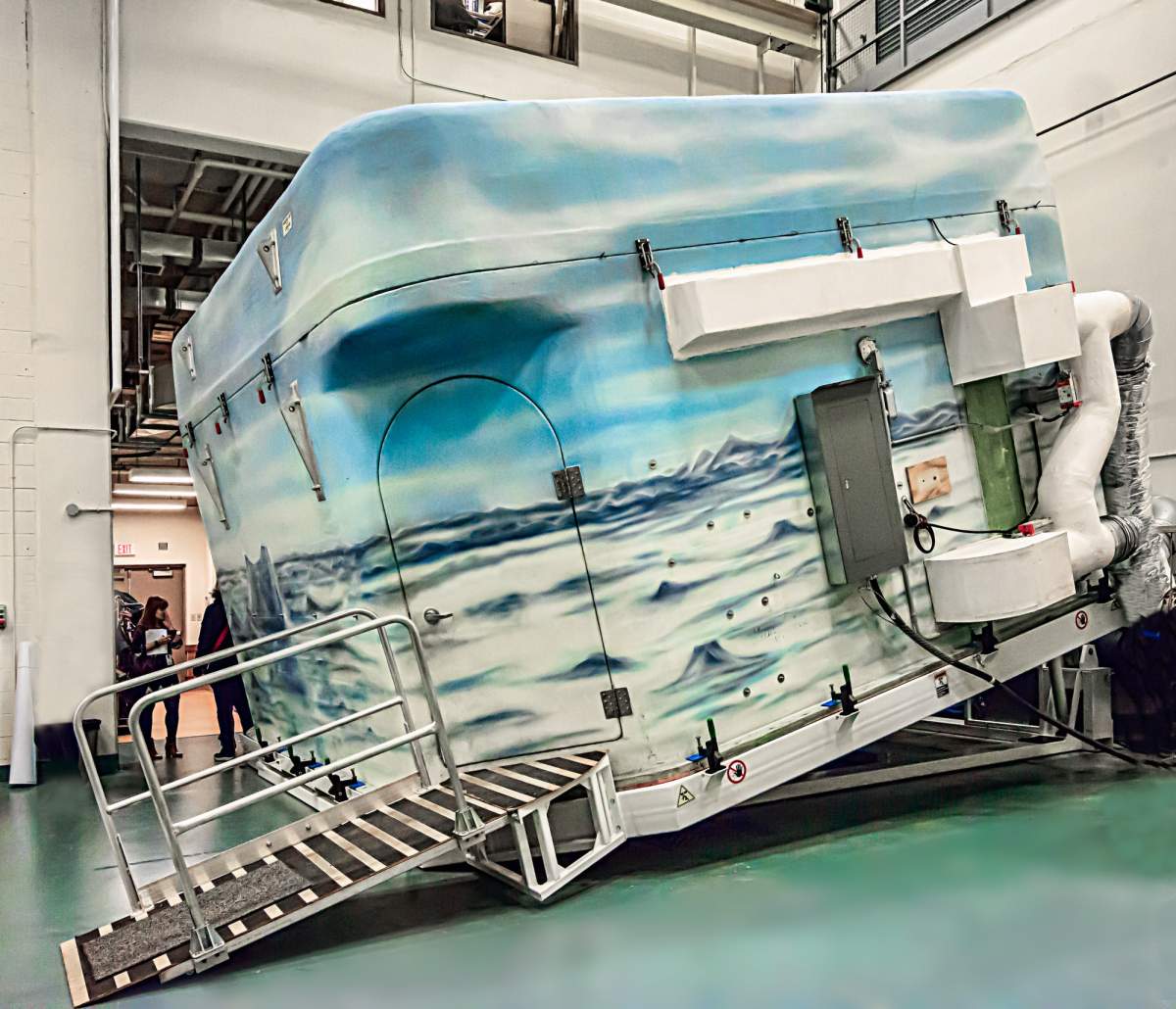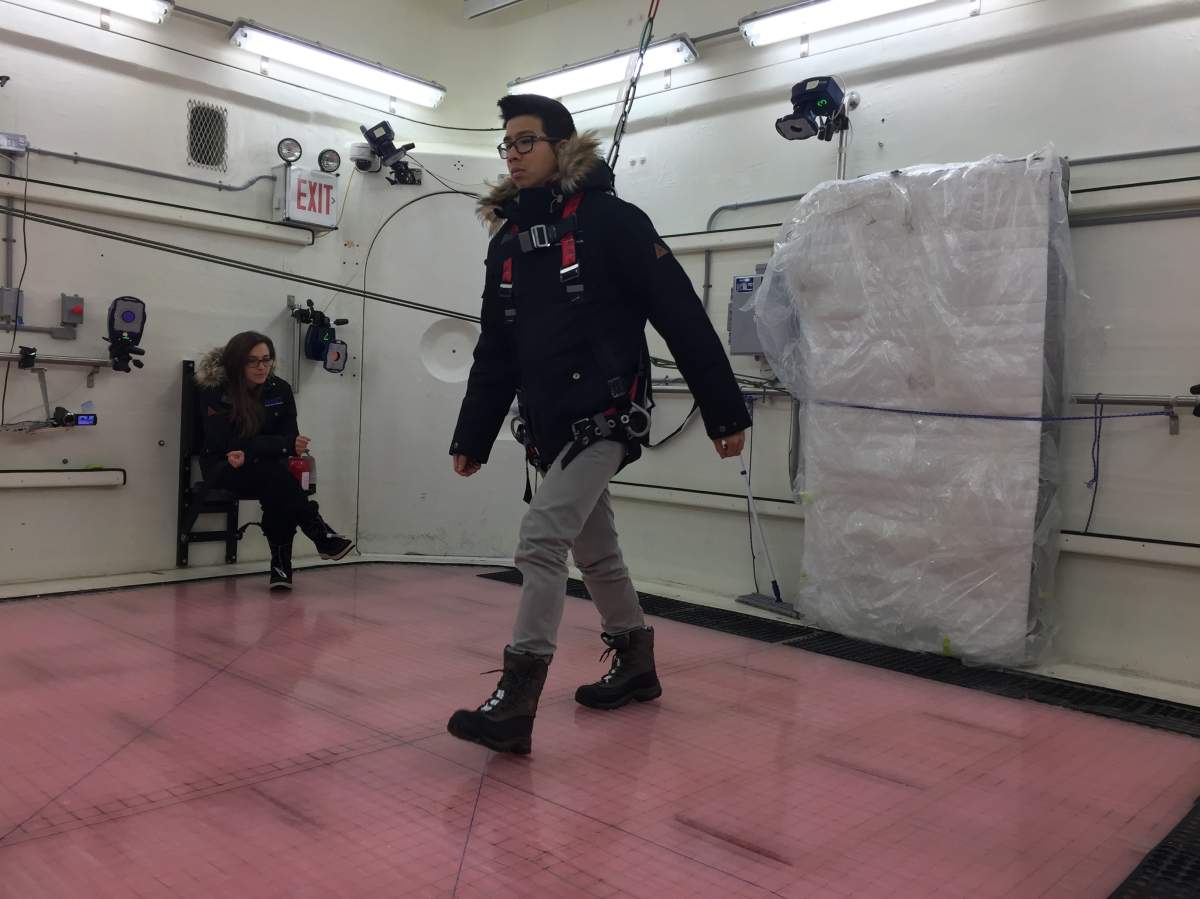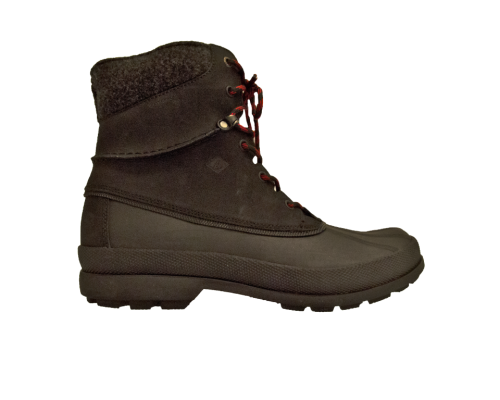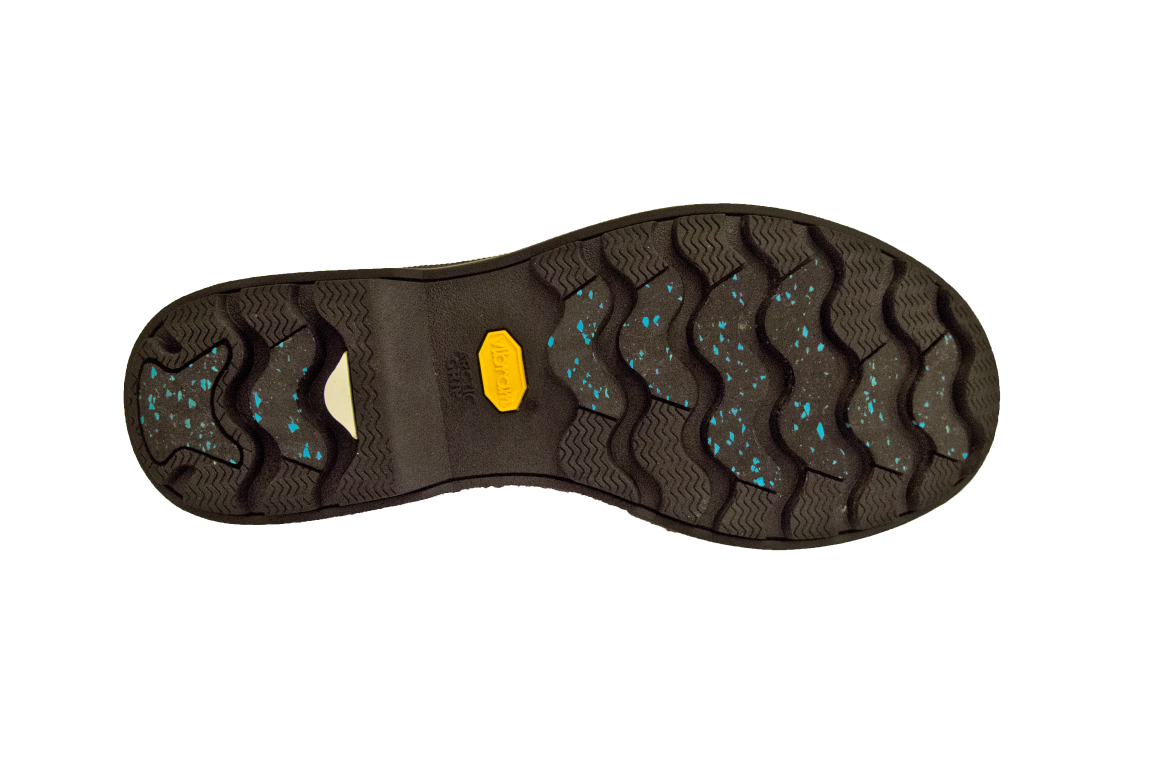Are your winter boots ready to handle the thick of winter?

A team of Toronto researchers found only eight per cent of the roughly 100 popular winter boots they tested met the bare minimum slip-resistance standards.
“It strikes me as really odd that we spend a lot of time worrying what winter tires we’re going to put on our car, but we don’t give much thought to our feet,” said Dr. Geoff Fernie, the research director at the Toronto Rehabilitation Institute.
He points out that each year, slips on slick sidewalks land more than 20,000 people in hospital in Ontario alone. Seniors are especially at risk for falls this time of year.
So Fernie helped created the WinterLab. He describes it as “a gigantic icebox” where conditions can be adjusted to simulate Canadian winter walking conditions. The slope of the ground can also be altered to better test a shoe’s grip capabilities.
The team developed a “snowflake scale” based on the degree at which a slip occurred. Footwear that made it down a seven degree slope was awarded one snowflake.
So how did the footwear fare?

Get breaking National news
Ten out of 98 boots tested received a single snowflake on ratemytreads.com:
- Caterpillar Stiction Hiker Ice + Waterproof TX Boot
- Dakota Men’s Oil-Resistant T-Max® Anti-slip Transitional Boots
- Dakota Men’s 9800 CTCP PU Boots With Green Diamond
- Dakota Women’s CTCP Transitional Boots
- Sperry Women’s Powder Valley Polar Ice Grip Boot
- Sperry Men’s Cold Bay Sport Ice+ (this was ranked the top winter boot by the team)
- WindRiver Men’s Snow Leopard
- WindRiver Men’s Yoho Hiking Boot
- WindRiver Men’s Yukon XL Winter Boot
- Wolverine 19303 Glacier CSA
Researchers found what these shoes had in common was that they had “Green Diamond” or “Arctic Grip” soles, which are made from materials that offered better traction on wet ice.
Global News reached out to several of the shoe companies that were part of the study for comment, but have yet to hear back. You can see the full list of brands that were tested here.
None were able to achieve a two or three snowflake rating, which would’ve been given for a slope of 11 and 15 degrees, respectively.
Fernie says the industry seems to be taking the team’s testing seriously, with some manufacturers even reaching out to ask how they can make their boots better.
The next tests will look at spikes, and how effective they are.
They don’t have any immediate plans to test the warmth of boots. However, The Wirecutter (which is owned by The New York Times company) did its own testing and chose the L.L.Bean Wildcat Boots Pro for temperatures below zero degrees.

SOUND OFF: Do you have a pair of winter boots that’s stood the test of time, temperature and ice?


















Comments